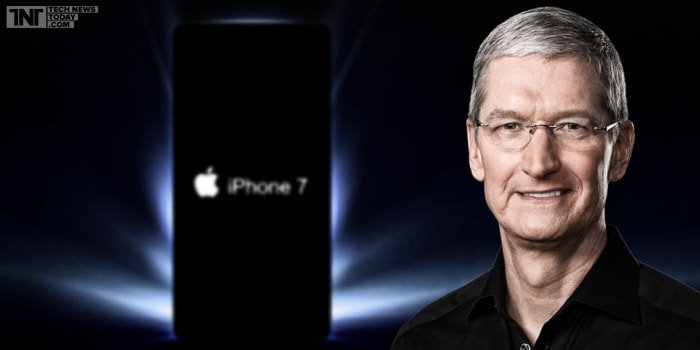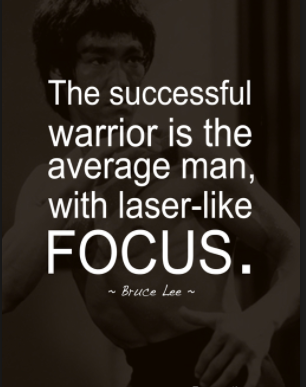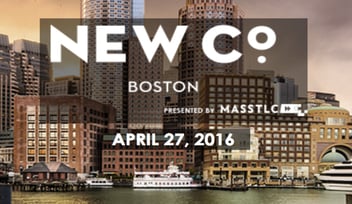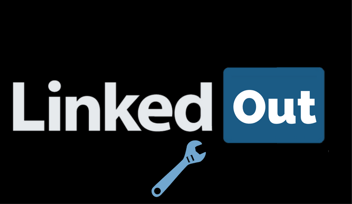Branding with a Single Purpose - The Key to Modern Business Success
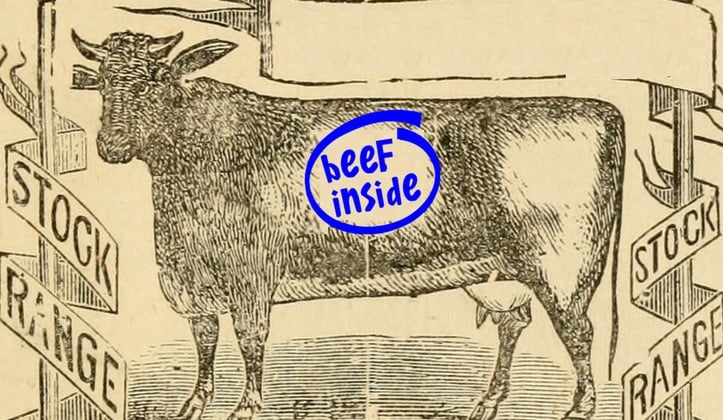
In many ways, what makes your business unique and recognizable all comes down to a single word: branding. Your company will always be more than any one particular product or service that you put out into the world - even if it's an incredibly successful one. Your business goes beyond the people your audience interacts with or the marketing collateral you create.
Think about it this way: people aren't loyal to products or even people, they're loyal to a brand. People don't flip out every time Tim Cook walks across a stage to announce a new iPhone because they love Tim Cook; they're so enthusiastic because they love everything that Apple itself has come to represent over the last decade.
Successful branding builds customer loyalty, something that can be worth 10 times more than a single purpose over the lifetime of your relationship with a customer. But one thing that branding CANNOT be is complicated, which is why single purpose branding is so important.
What is Single Purpose Branding?
Whether you're making changes to an existing brand or are starting a new business (and therefore creating a new identity), branding needs to be more than just a coat of paint. Taking a "kitchen sink" approach to branding is inherently superficial - it asks the question "how can we make it look like we're the best to as many people as possible?" rather than "how can we actually BE the best to as many people as possible?" This kind of "kitchen sink" branding is a makeover - it's more concerned with aesthetics than it is about the customer experience.
Single purpose branding, on the other hand, is something much more straightforward. It's about making a promise to your customers. It's about making a simple, sleek statement that says "here is who we are and here is what we will do for you." There is NOTHING more important to your business than this one beautiful little idea and it is something that needs to act as the foundation of your marketing and larger strategic trajectory from here on out.
Single Purpose Branding is About Simplicity
Multi-purpose branding is akin to trying to hit multiple moving targets that are all flying wildly in many different directions. It muddles who you are, what you do and why you do it - something that you cannot afford in an environment where competition is getting harsher and harsher all the time.
For an example of this idea in action, consider what has happened in terms of application development since the advent of the smartphone. In the late 1980s and all throughout the 1990s, applications were essentially the "Swiss Army Knives" of software. An app wasn't an app - it had to be a "productivity suite." Microsoft Office wasn't just a word processor. It also let you build presentations. It offered spreadsheet functionality. You could make labels with it. It tried to do a million different things all at once, because you never really knew exactly what features a customer was going to need to use today. Because of this, software became bloated and unfocused. Something like Microsoft Office may have done 1,000 different things, but it didn't do any one of them particularly well.
Then, the smartphone revolution happened in 2007 and it changed what the term "app" even meant for all time. Most successful apps today now focus on doing one thing better than anyone else. There is no shame in your app ONLY being a calculator if that calculator is the best, most enjoyable option available in the App Store.
App developers are no longer dividing their focus - they're hyper charging it on accomplishing one key goal in the most effective way possible. Development became about focusing on simplicity, which in turn led to increased engagement, market penetration and all of the other key benefits you could want falling into place more-or-less automatically.
When you consider the fact that mobile app spending alone is predicted to hit a colossal $166 billion in 2017, this approach certainly seems to have merit.
Single Purpose Branding is About Intimacy
Single purpose branding begins with a promise. It's a mission statement that you use to appeal directly to the emotions of your target audience, essentially boiling down the answer to the question "why should I care?" into as few words as possible. That promise will then act as "ground zero" for every marketing and branding decision you make.
To continue to use Apple as an example, that company's major branding focus has always been on the idea of "it just works." Every decision they make is aimed at confirming "our products are just easier and more enjoyable to use than anyone else's."
Does Apple have an over-designed, difficult-to-use website outlining all of their products or services? No - their website is sleek, sophisticated and minimalist. It's as easy to use as the products themselves. Anything else would essentially stray "off message" pretty quickly, doing more harm than good in terms of single purpose branding.
When you sit down to create that next great presentation using a Powerpoint alternative like Visme, you need to think in the exact same way. You need to ask yourself questions like "what is the single, unified goal that I'm trying to accomplish and how can I use the design of this presentation or Infographic or chart or graph to confirm that in the mind of my reader?"
Let the answer to that question dictate everything you do from that moment on.
 Stay on Target
Stay on Target
When you use a tool like Visme that can essentially allow you to create anything, the instinct to over-design can be a hard one to fight. But it is one that you must overcome. Not just for the sake of your marketing message or in terms of your connection with your target audience, but with regards to your brand itself.
Any element of your marketing collateral (from the colors you use to the layout you pick to the number of words on a page to the font) that doesn't double down on that original, single purpose is only going to create noise at a time where you can't afford to do so.
About the author: Payman Taei is the founder of Visme, an easy-to-use online tool to create engaging presentations, infographics, and other forms of visual content. He is also the founder of HindSite Interactive, an award winning Digital agency specializing in website design, user experience and web app development.
About Workbar:
Workbar operates coworking locations throughout greater Boston (Boston Back Bay, Boston South Station, Burlington, Cambridge, Arlington, Brighton, Danvers, Norwood, Salem) and several other partner locations throughout the state. Want to keep up with the world of Workbar? Subscribe to our mailing list for the most up-to-date information about our upcoming events and community news. You can also follow us on Instagram, Facebook, LinkedIn and Twitter.
